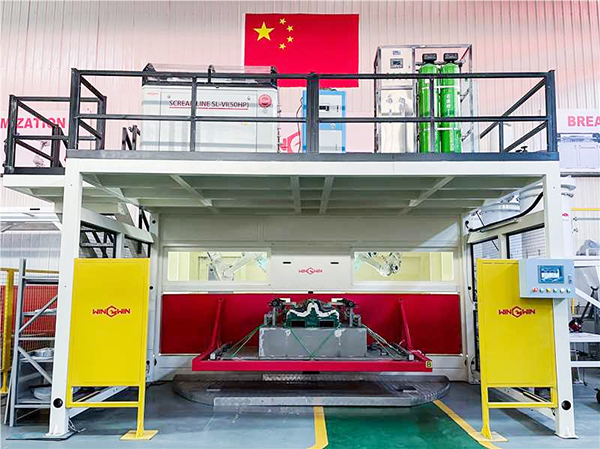
Robotic waterjet cutting is a cutting-edge technology that combines the precision of robotics with the power of waterjet cutting. This innovative process allows for highly accurate and efficient cutting of a wide range of materials, making it a popular choice in industries such as automotive, aerospace, and manufacturing. In this article, we will explore the basics of robotic waterjet cutting and provide a step-by-step guide on how to use this advanced technology.
First and foremost, it is important to understand the components of a robotic waterjet cutting system. The system typically consists of a robotic arm equipped with a waterjet cutting head, a high-pressure water pump, and a control unit. The robotic arm is programmed to move the cutting head along a predetermined path, while the high-pressure water pump delivers a focused stream of water at pressures exceeding 60,000 psi. This combination of robotic precision and high-pressure water allows for the precise cutting of materials such as metal, glass, stone, and composites.
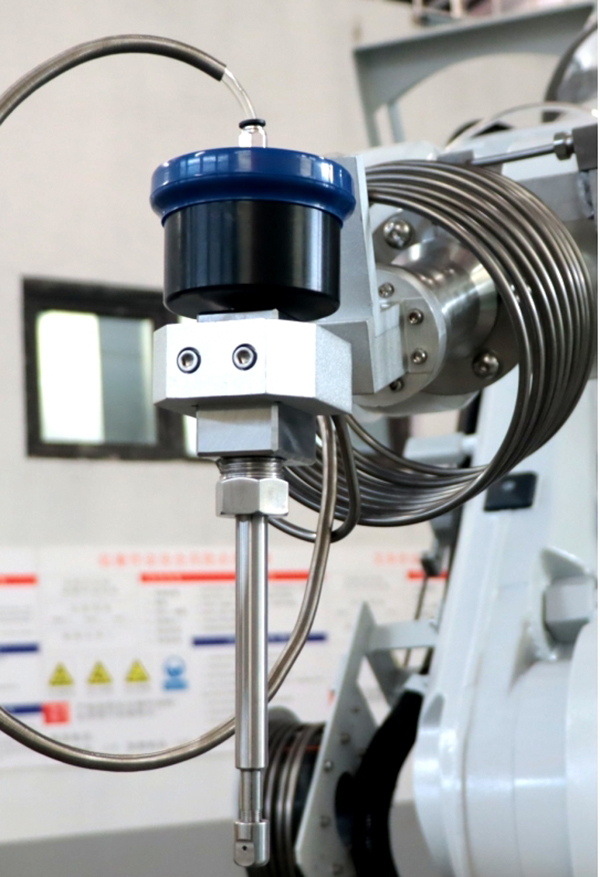
To use a robotic waterjet cutting system, the first step is to program the robotic arm with the desired cutting path. This is typically done using specialized software that allows for precise control of the cutting head’s movement. The operator can input the dimensions and shape of the desired cut, and the software will generate a path for the robotic arm to follow. Once the cutting path is programmed, the operator can load the material to be cut onto the cutting table and secure it in place.
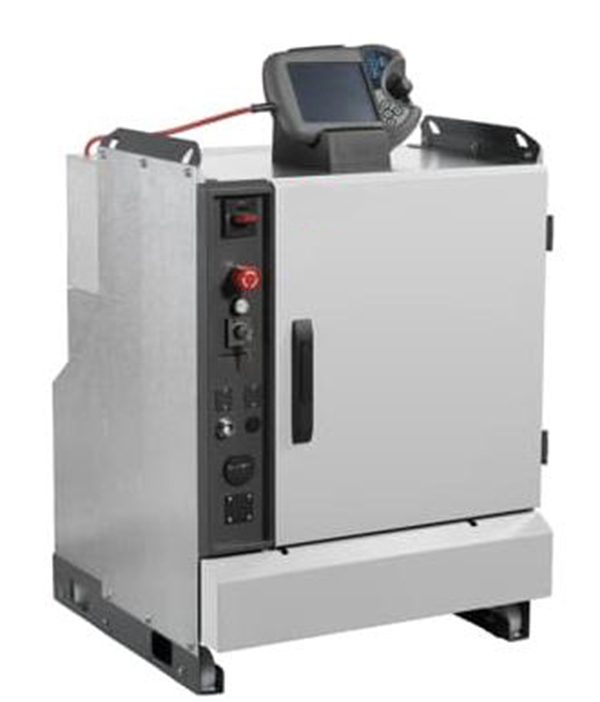
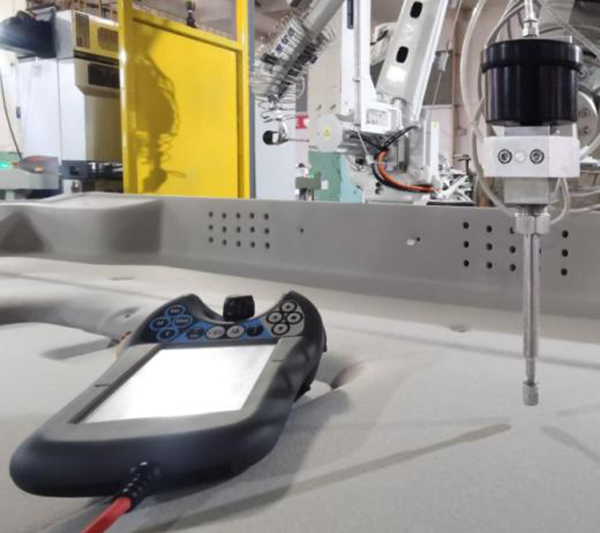
Next, the operator must ensure that the high-pressure water pump is properly calibrated and ready to deliver the necessary cutting force. This involves checking the water pressure, adjusting the abrasive flow rate if abrasive cutting is being used, and ensuring that all safety measures are in place. Once the system is ready, the operator can initiate the cutting process and monitor the robotic arm as it follows the programmed cutting path.
During the cutting process, the high-pressure waterjet will rapidly erode the material, creating a clean and precise cut. The operator must closely monitor the cutting process to ensure that the robotic arm is following the programmed path accurately and that the material is being cut to the desired specifications. Additionally, the operator should be prepared to make any necessary adjustments to the cutting parameters, such as water pressure or abrasive flow rate, to optimize the cutting process.
Once the cutting process is complete, the robotic arm will return to its starting position, and the cut material can be removed from the cutting table. The precision and efficiency of robotic waterjet cutting make it an ideal choice for a wide range of applications, from intricate metal components to large-scale industrial parts. By following the proper procedures and utilizing the advanced capabilities of robotic waterjet cutting, operators can achieve highly accurate and efficient cutting results.
In conclusion, robotic waterjet cutting is a cutting-edge technology that offers unparalleled precision and efficiency in the cutting of various materials. By understanding the components of a robotic waterjet cutting system and following a step-by-step guide on how to use this advanced technology, operators can harness its capabilities to achieve precise and efficient cutting results. As industries continue to demand high-quality cutting solutions, robotic waterjet cutting is poised to play a pivotal role in meeting these demands and driving innovation in manufacturing and fabrication processes.
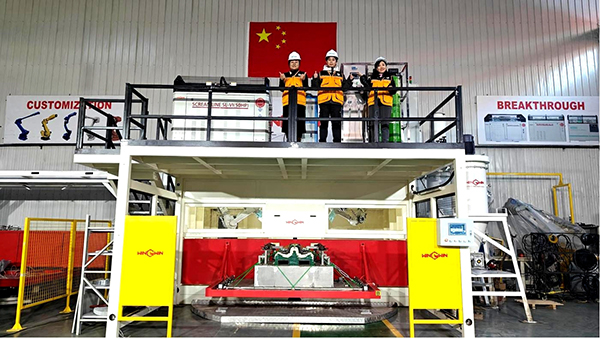
 wwaterjet
wwaterjet